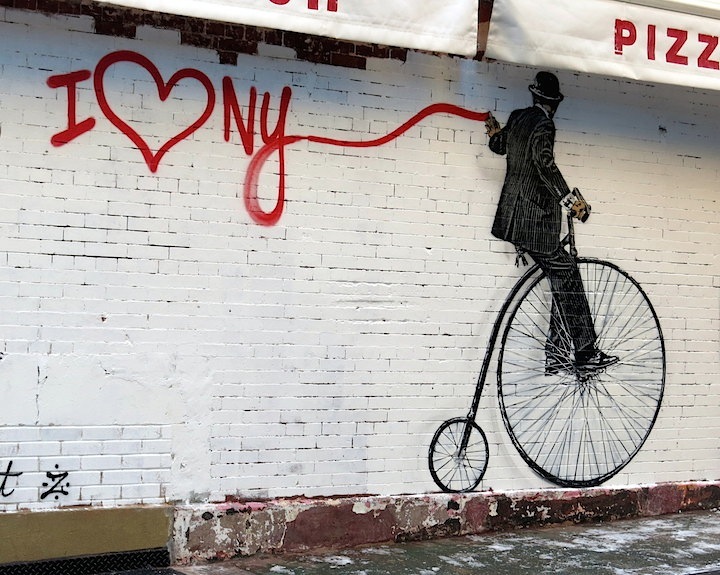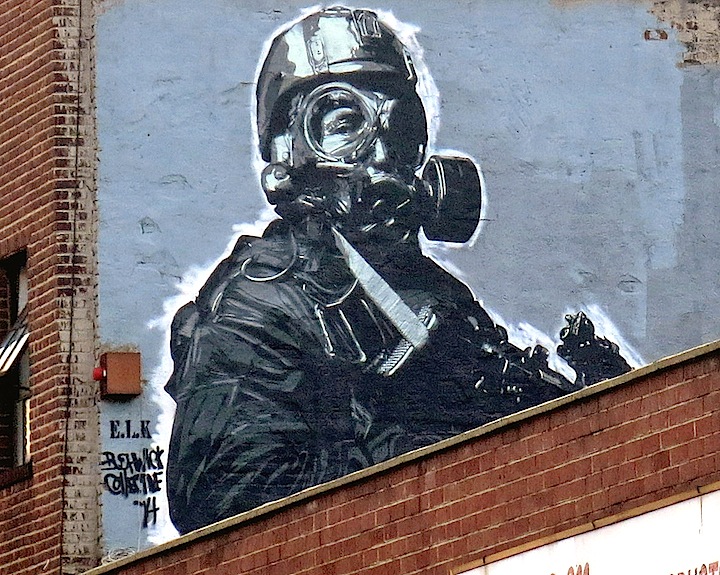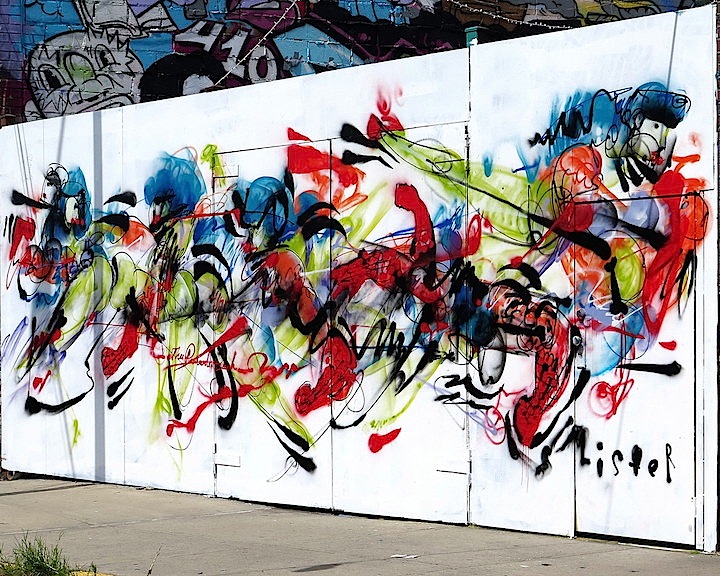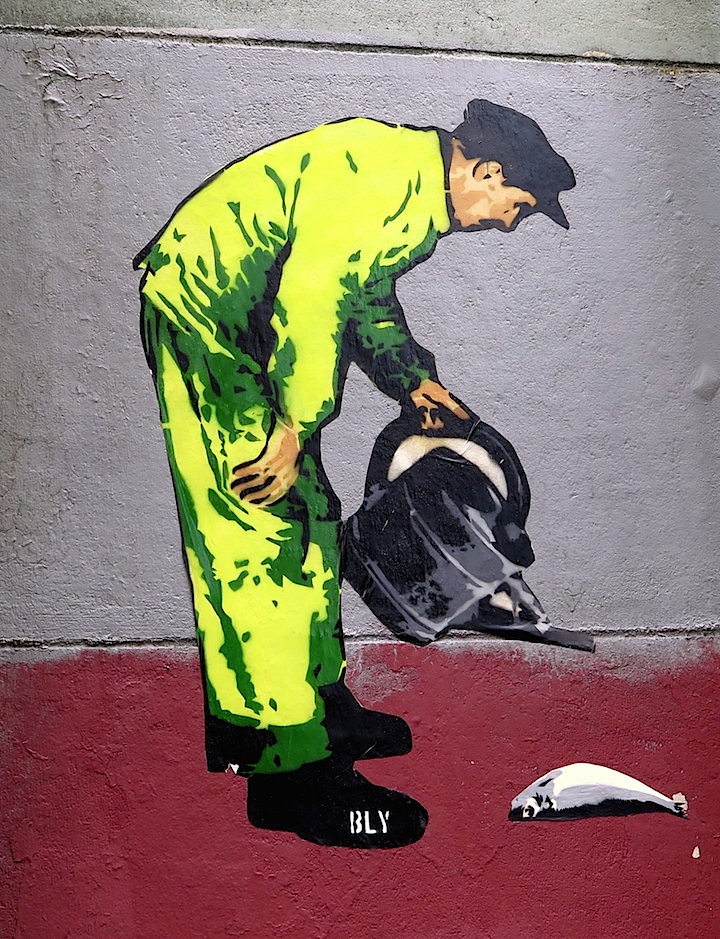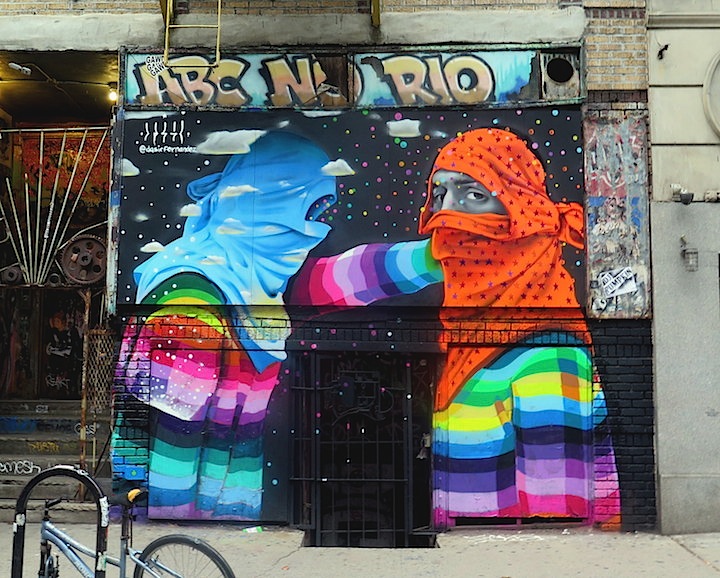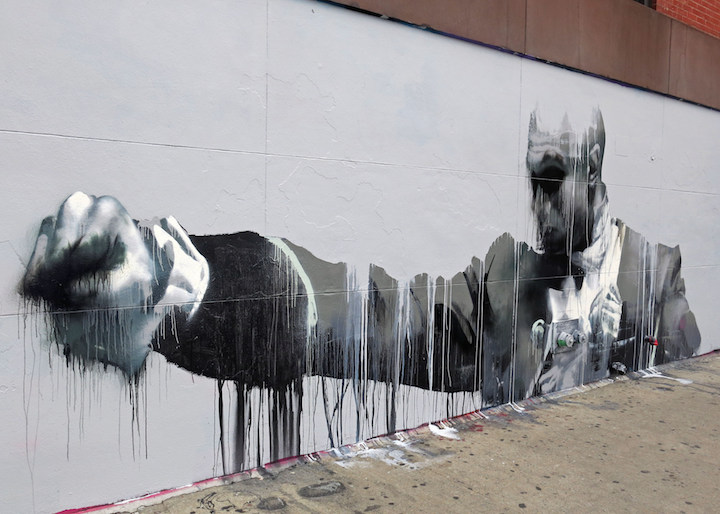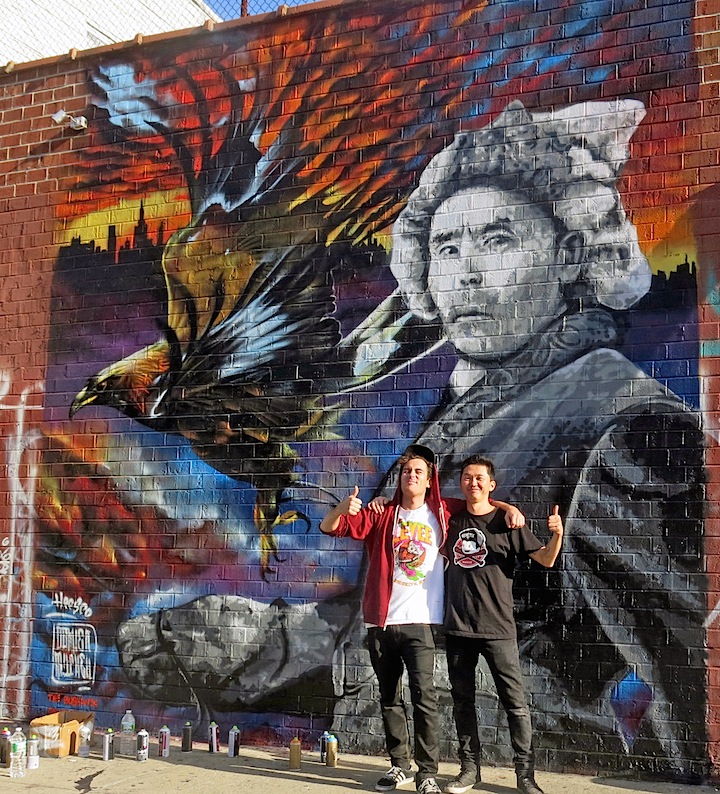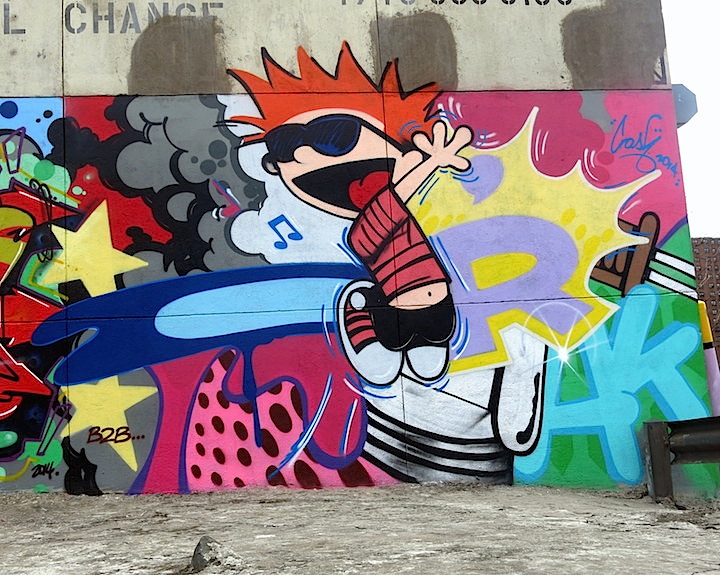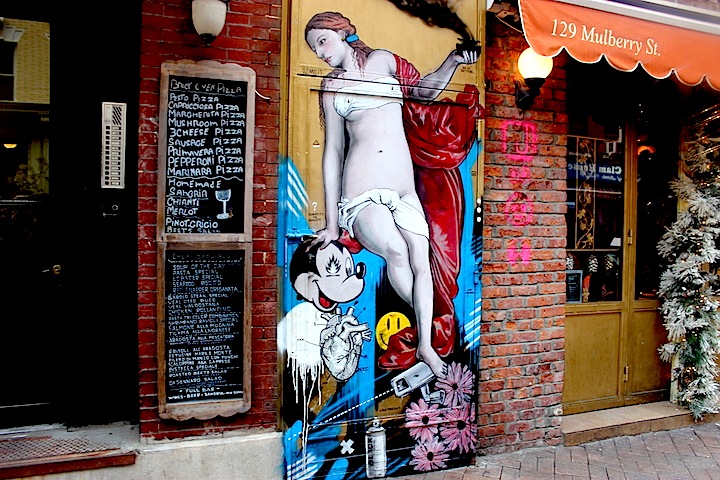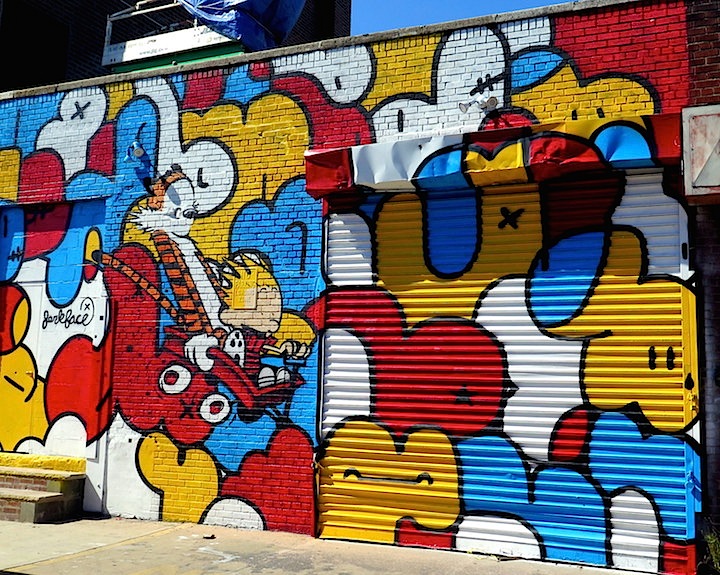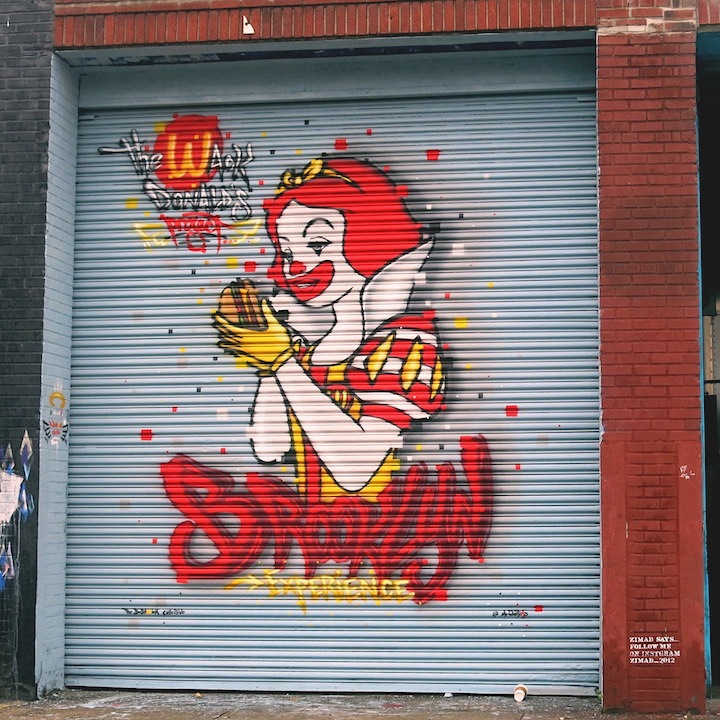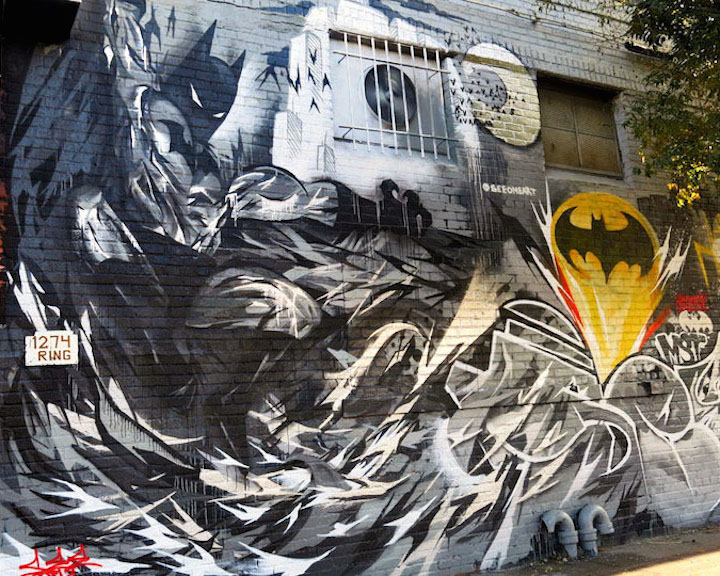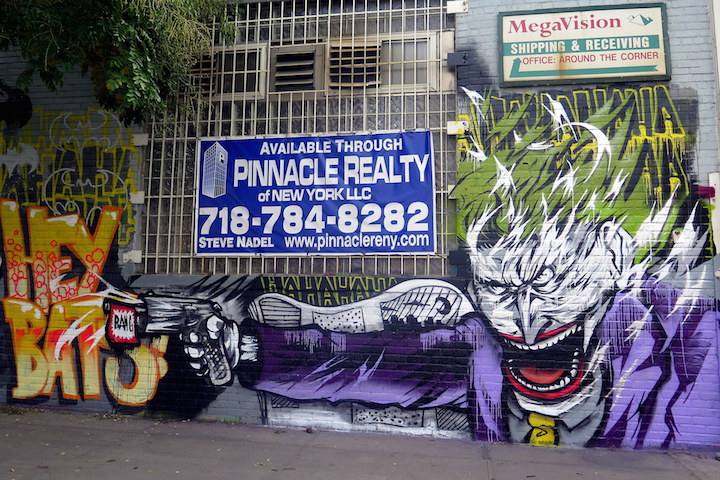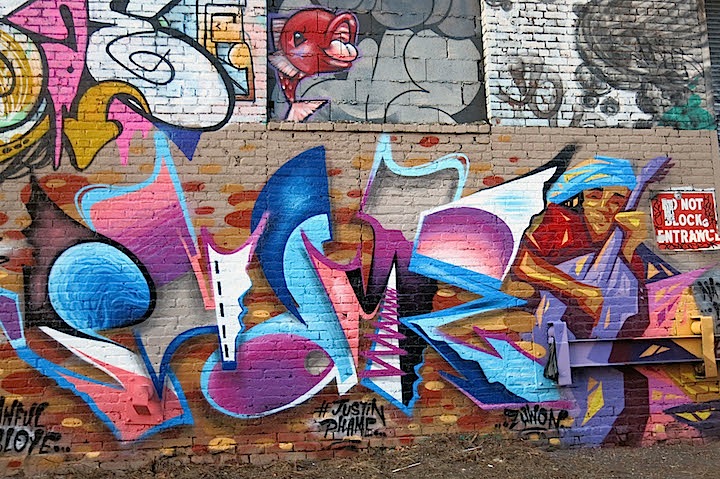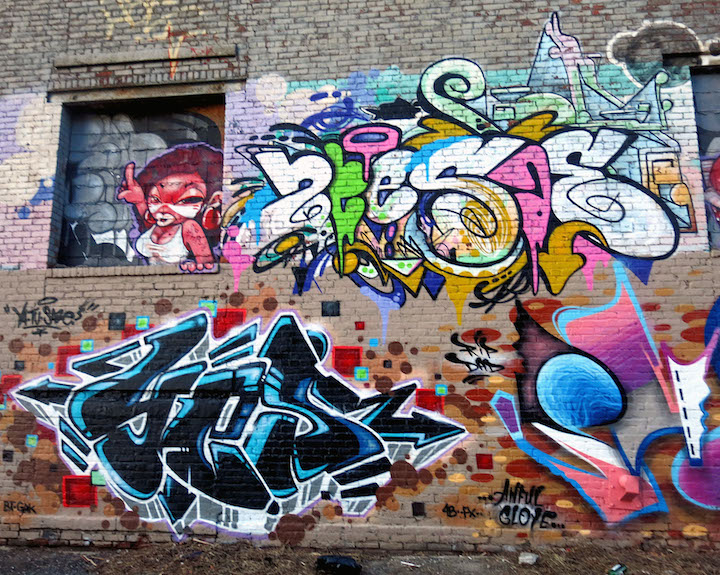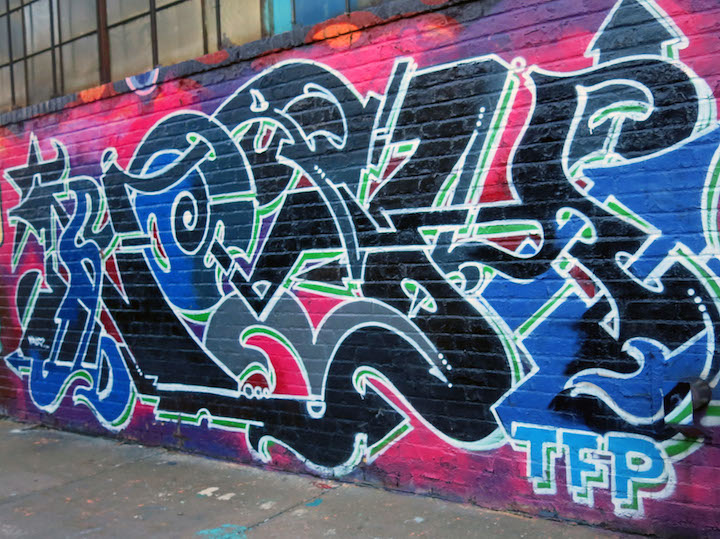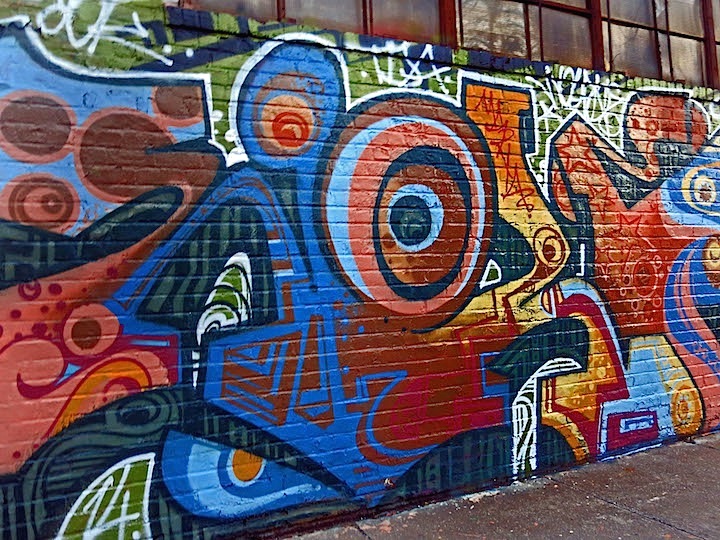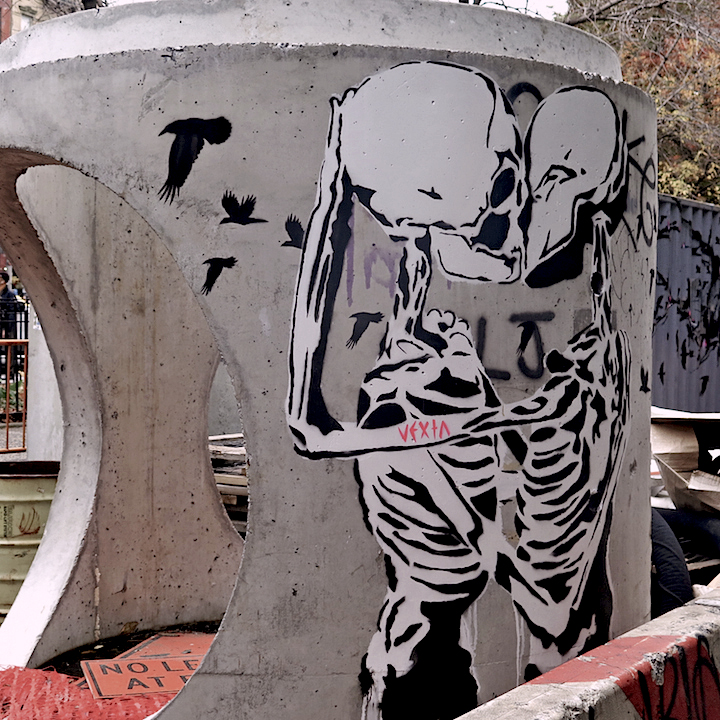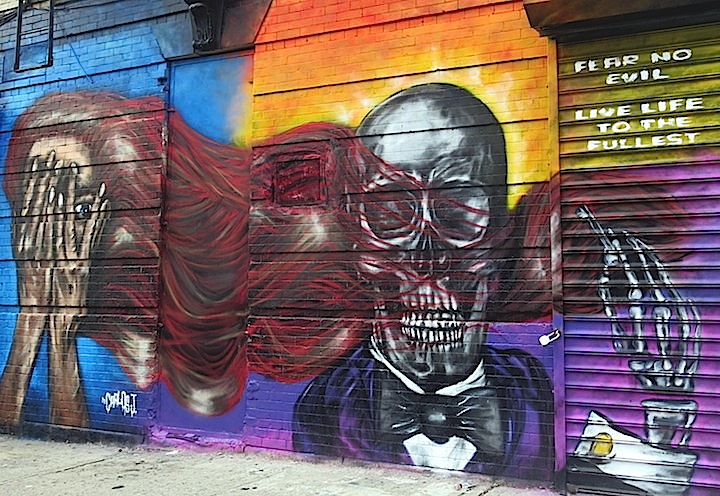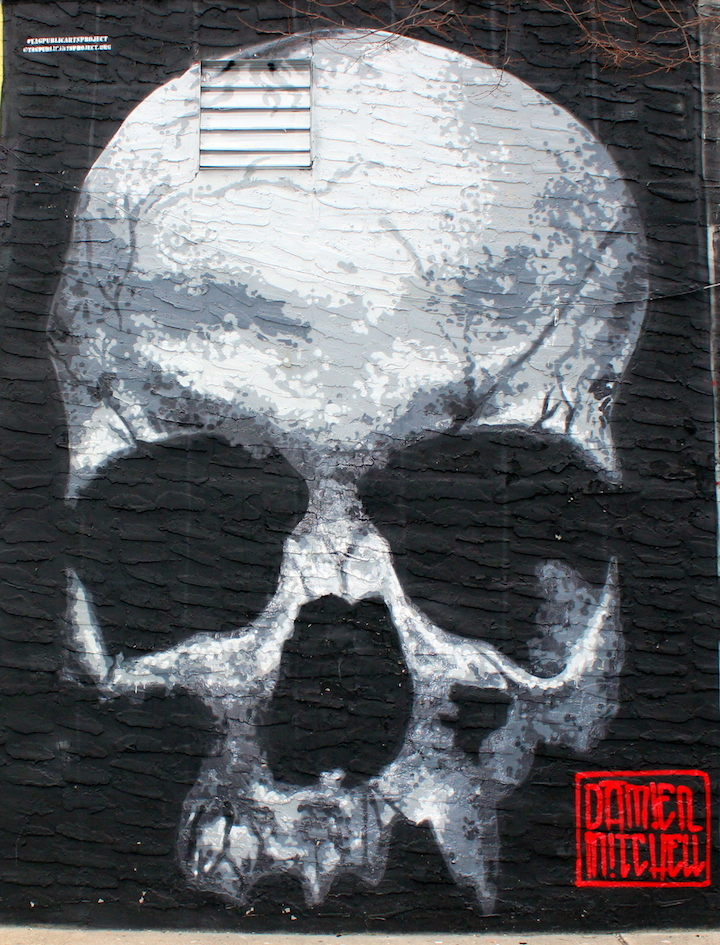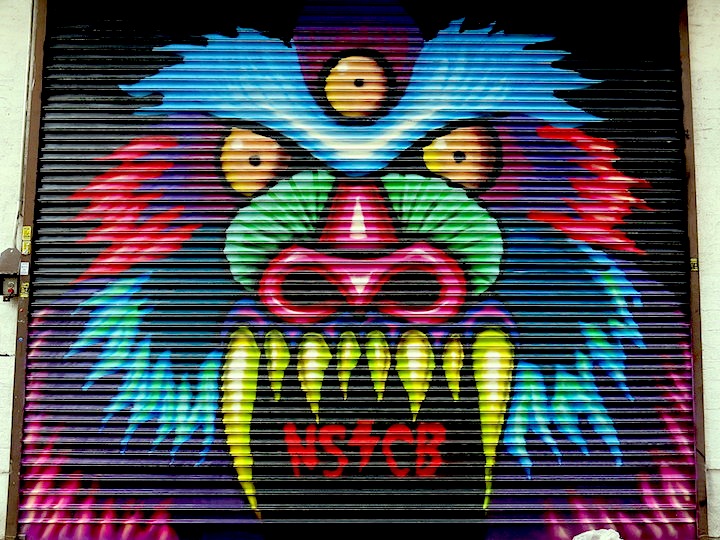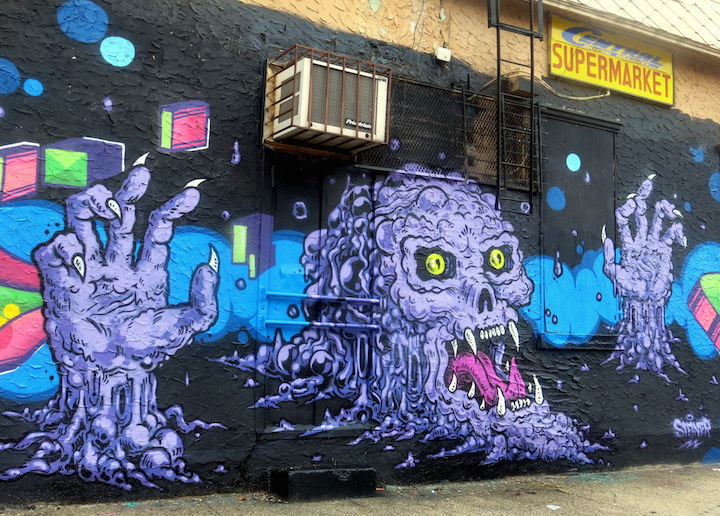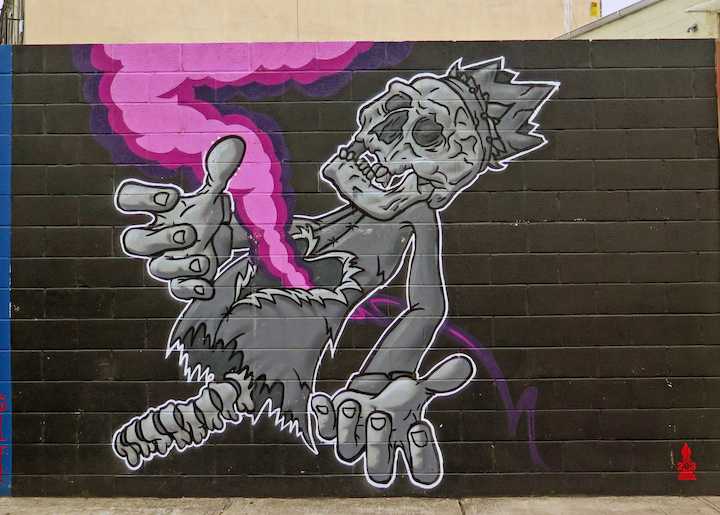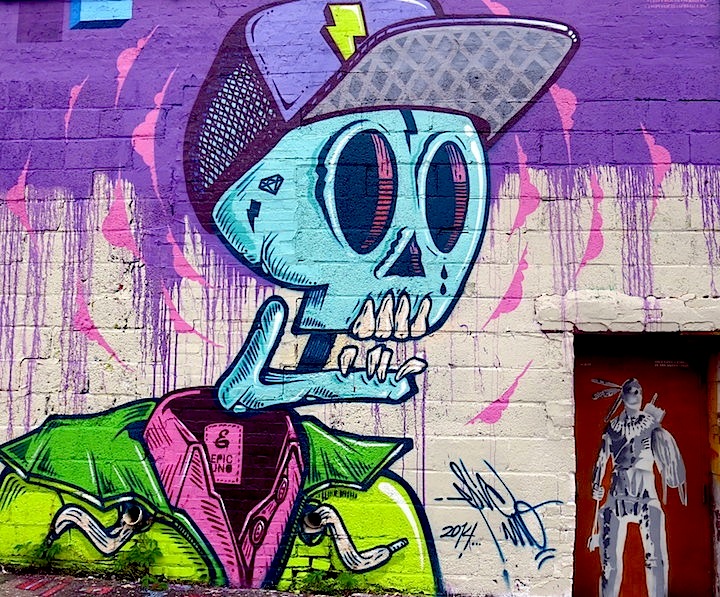This is the fifth in an occasional series featuring images of New York City’s doors that sport everything from tags and stickers to sophisticated images.
Beau Stanton on the Bowery, close-up
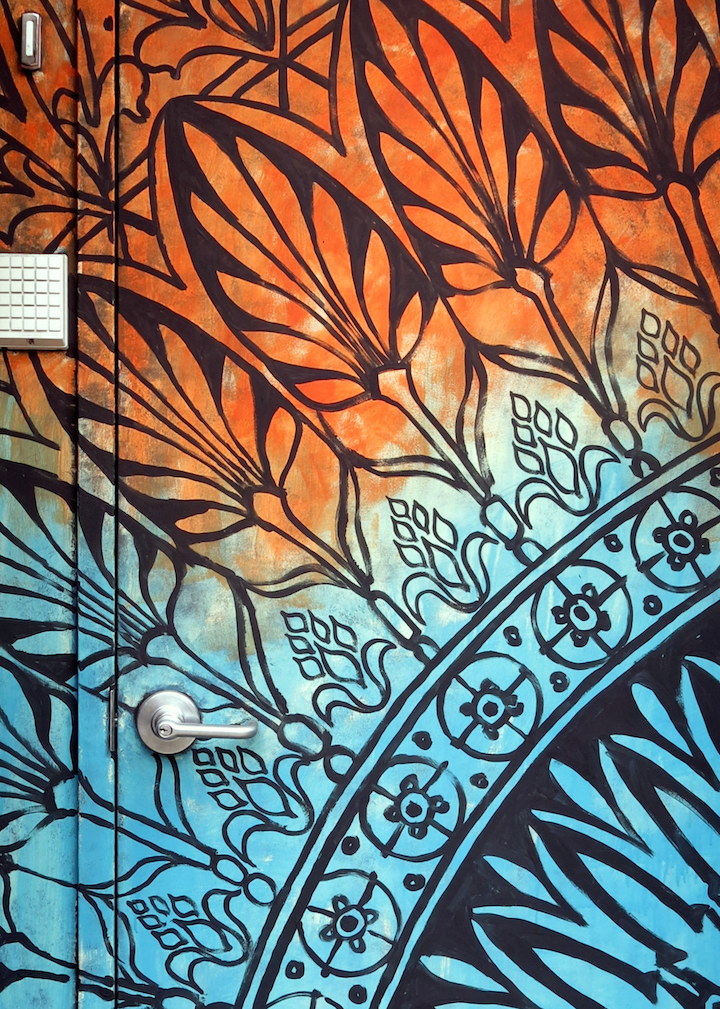
EKG in Crown Heights, Brooklyn
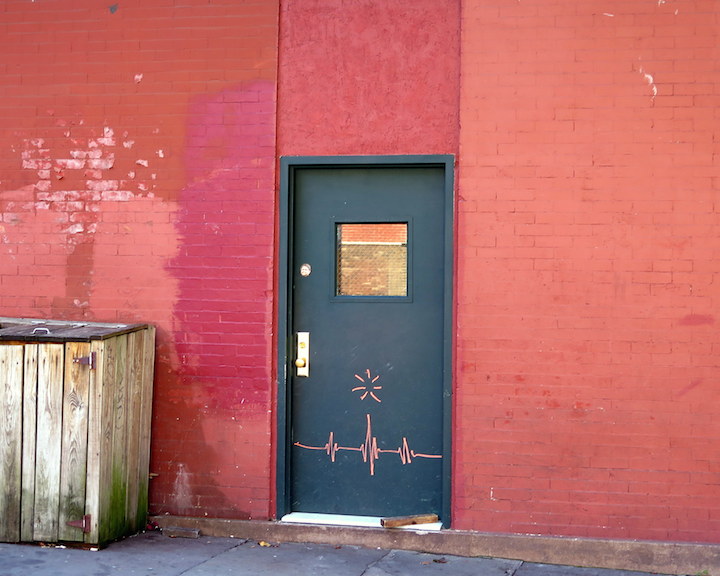
Kenny Scharf in Manhattan
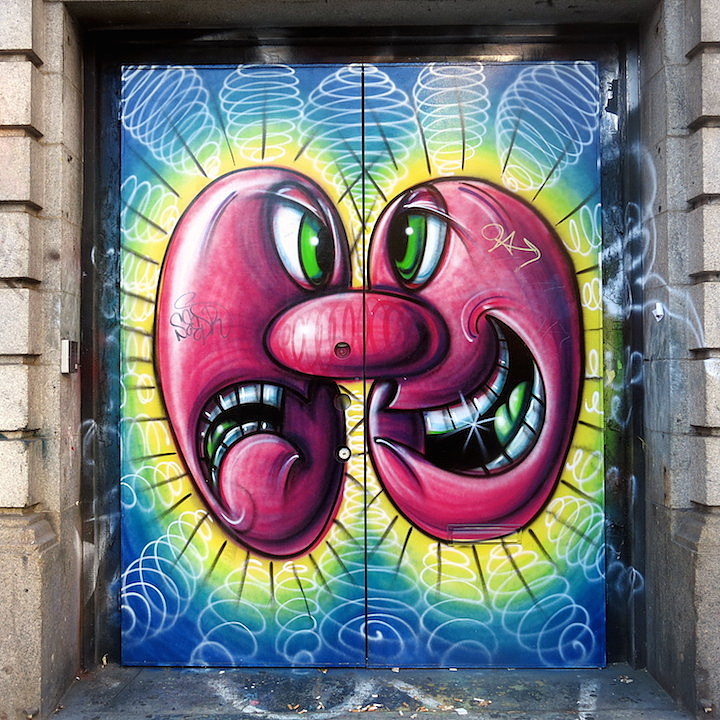
Pyramid Oracle on the Lower East Side, close-up
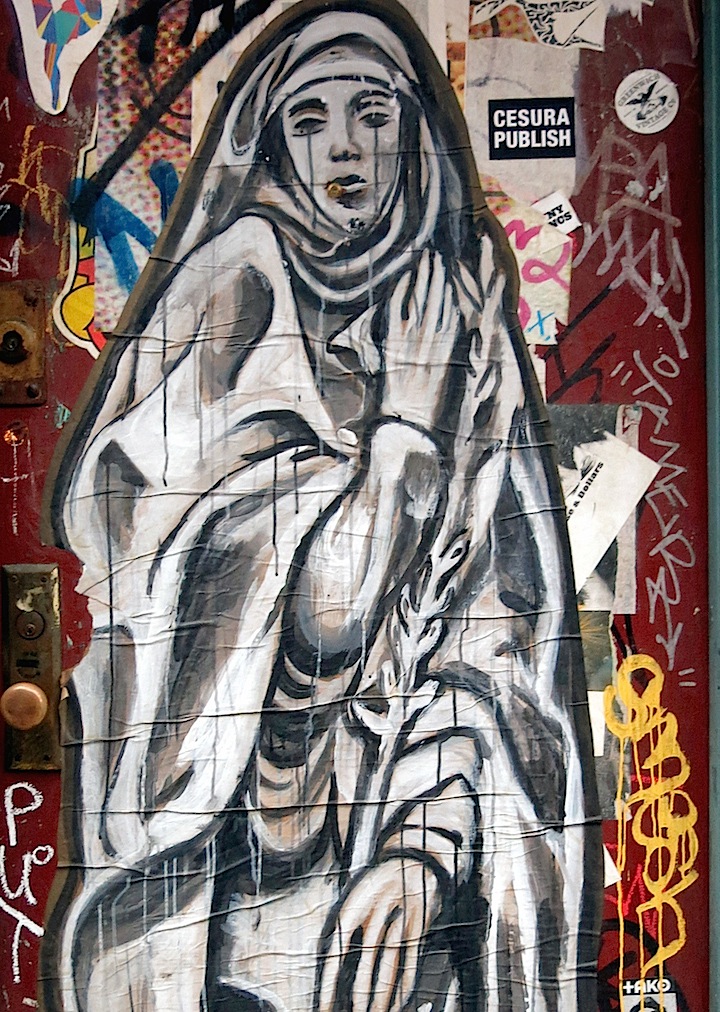
Cost and Enx in Tribeca

Michael De Feo on Manhattan’s Lower East Side
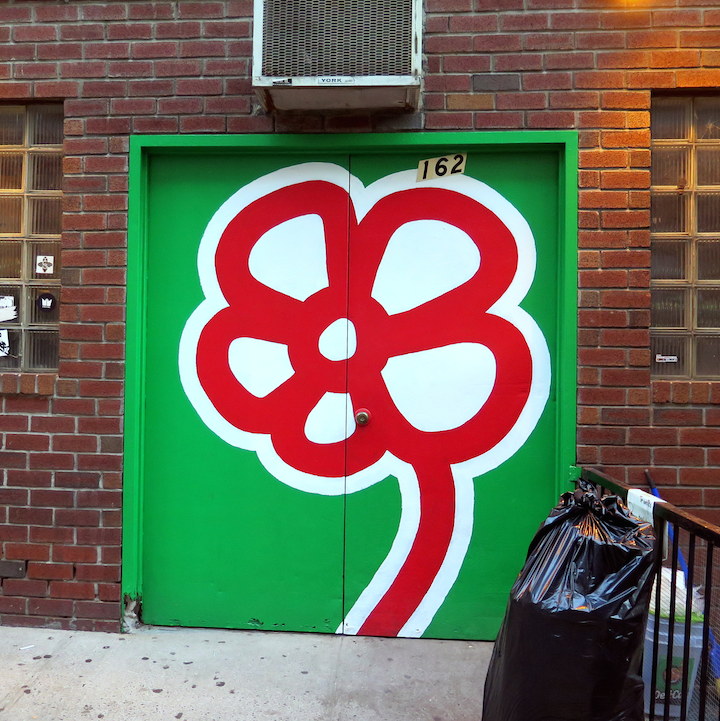
Good and Shiddy in Bushwick, Brooklyn
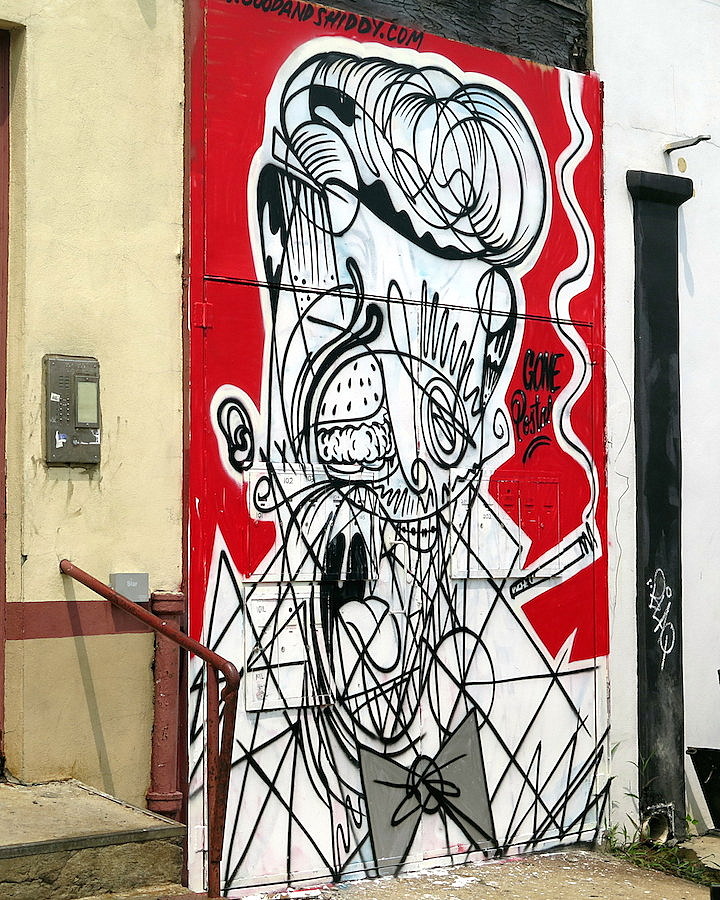
Photos: 1, 4 & 5, Lois Stavsky; 2, 3, 6 & 7, Dani Reyes Mozeson
Note: This blog will be on vacation through Friday. Follow me in Miami on Facebook and Instagram.
Interspersed among some of the drabbest streets in the South Bronx Mott Haven-Port Morris neighborhood is an intriguing array of public art. Here’s a a sampling:
Wanda Raimundi-Ortiz, Wepa Woman
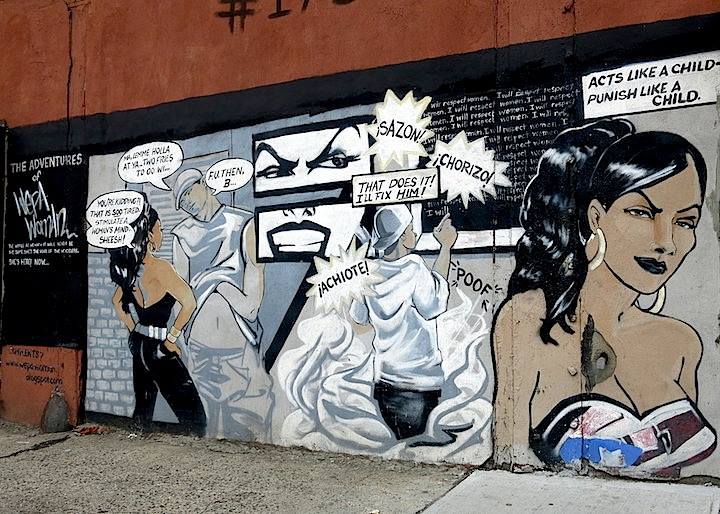
Seth Mathurin, Bronx Bull
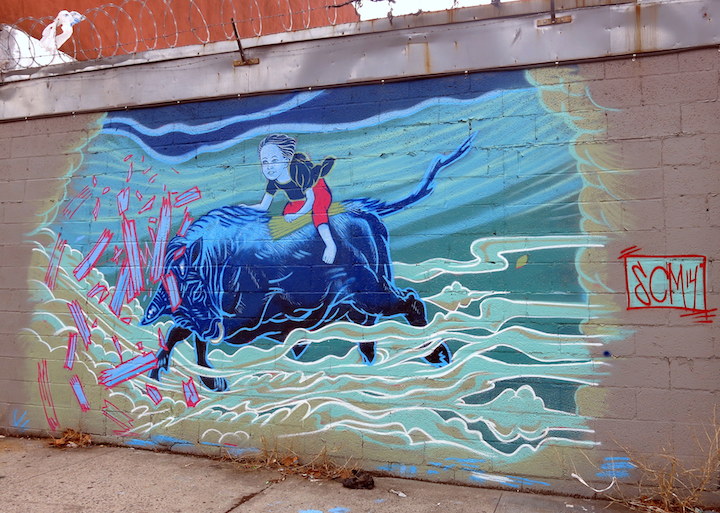
Dek 2DX
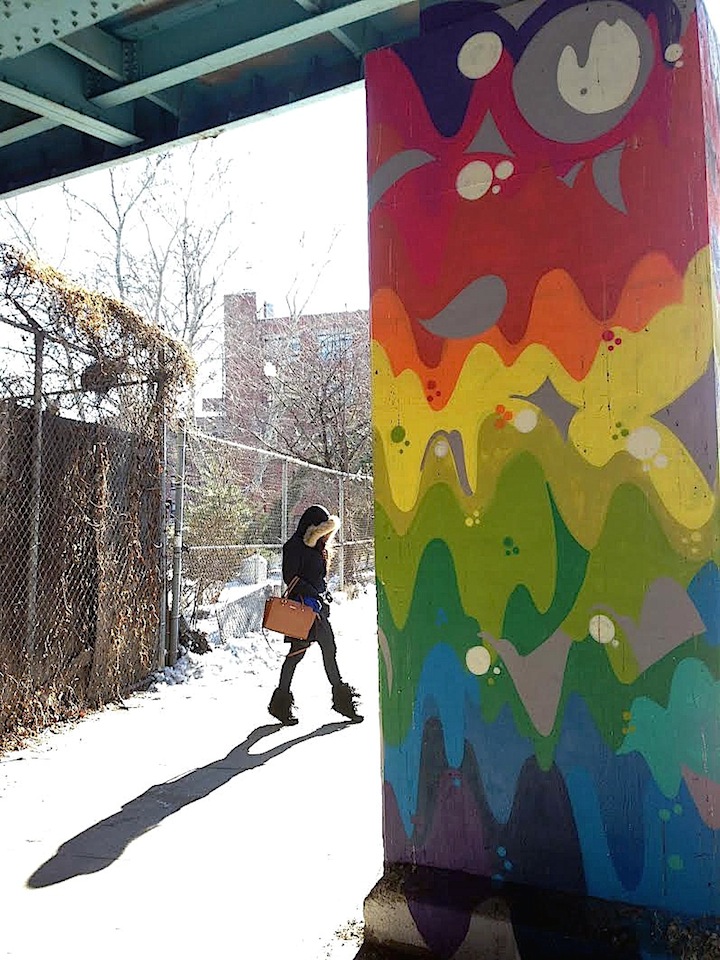
Unidentified artist has money falling from trees!
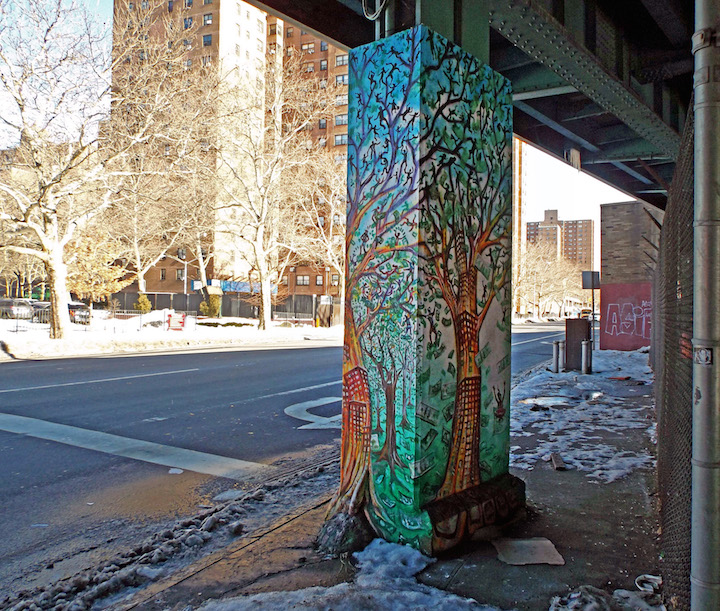
Dennesa Usher, Unlock Your Dreams, close-up
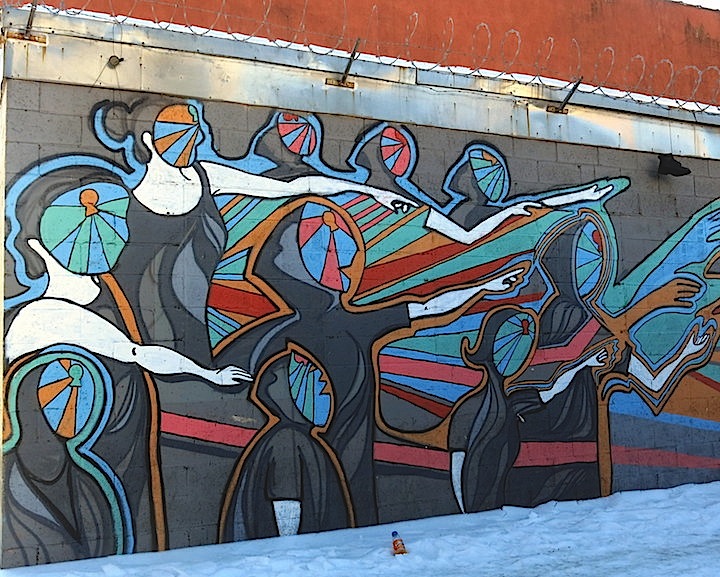
Photos: 1-3 & 5 Lois Stavsky; 4 City-as-School intern Zachariah Messaoud
Here are a few of the works reflecting a range of political and social issues that have surfaced on NYC streets:
Bikismo in Williamsburg
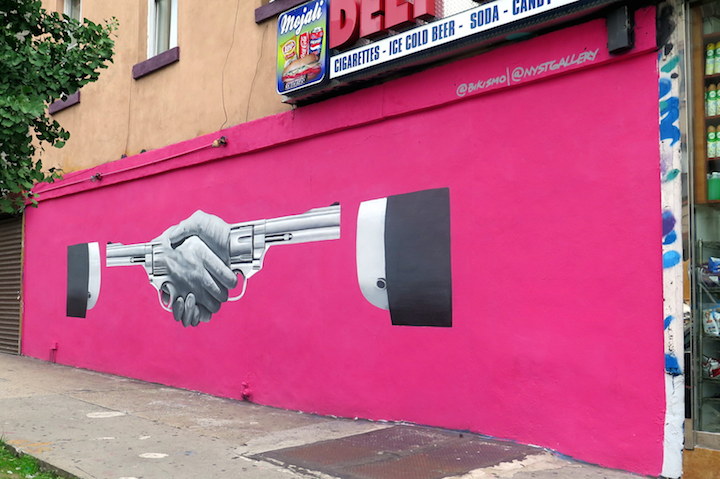
Gilf! in NoLita
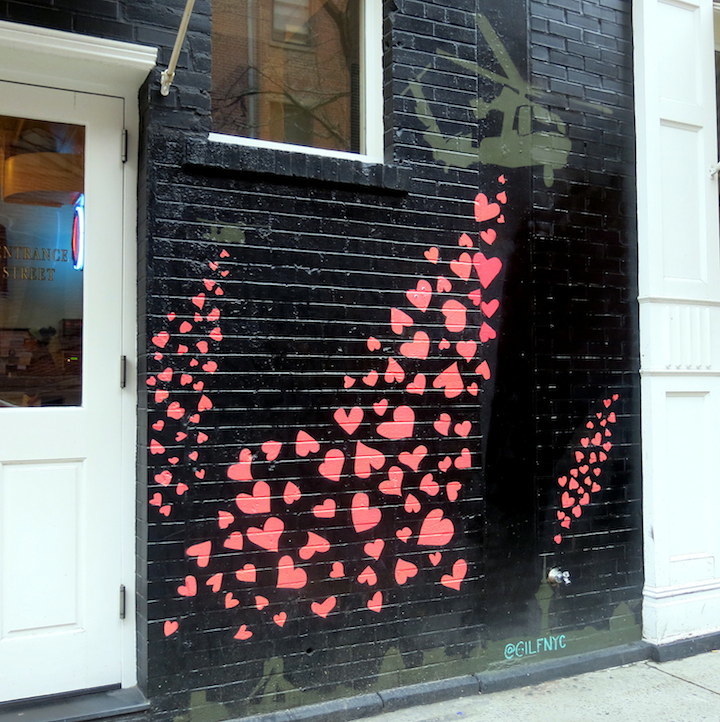
#Dysturb in Manhattan
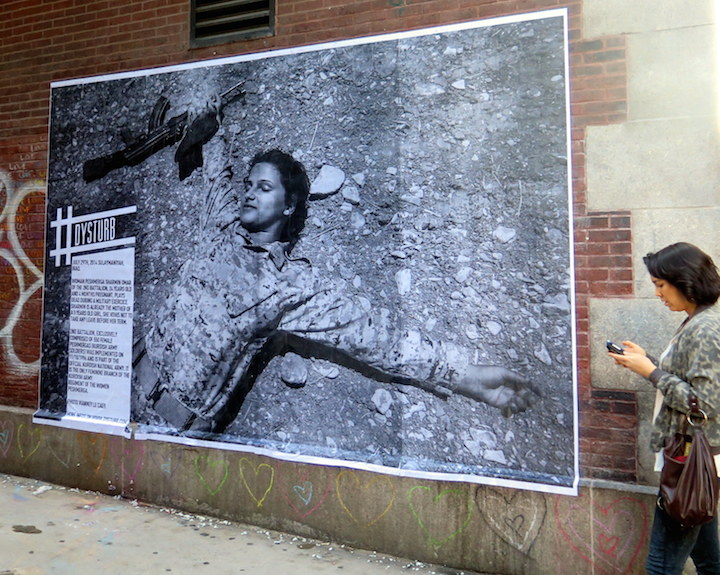
LMNOPI in Bushwick
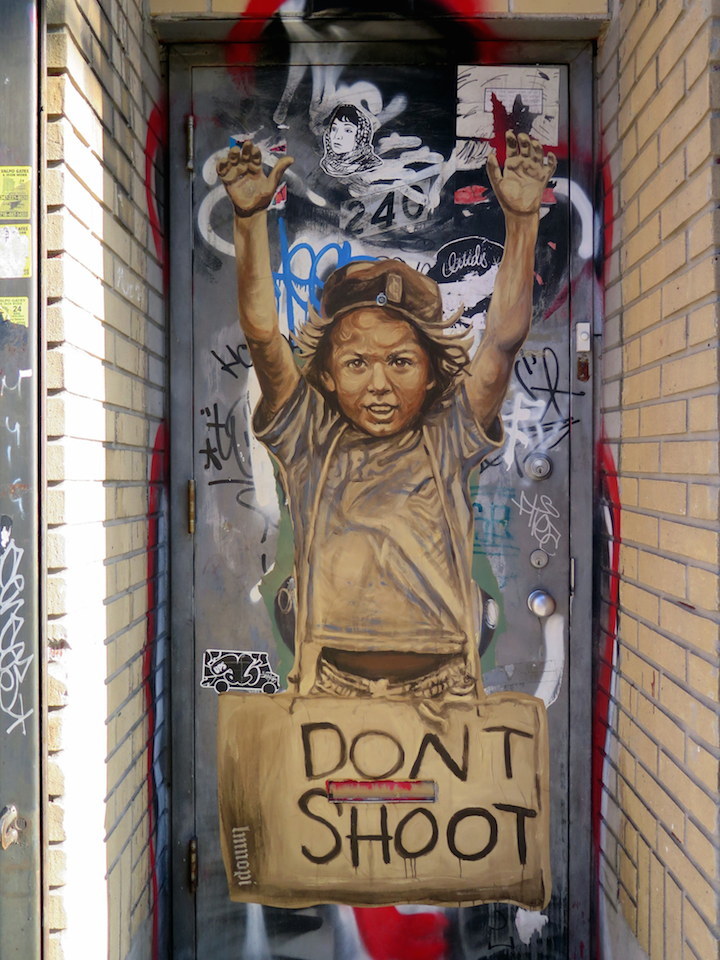
Luis Rosenfeld at work in SoHo
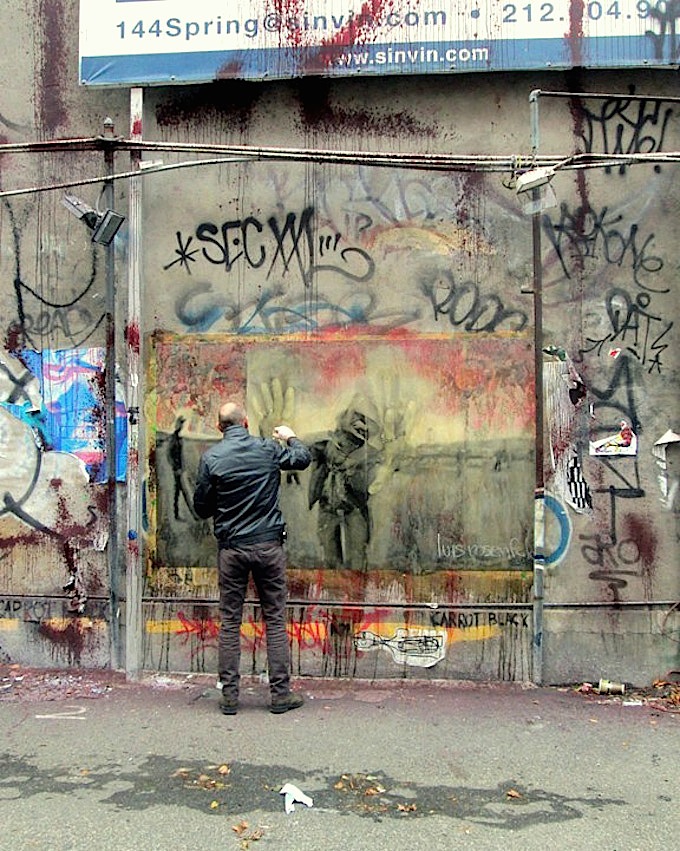
Sophia Dawson, lead artist, in the East Village
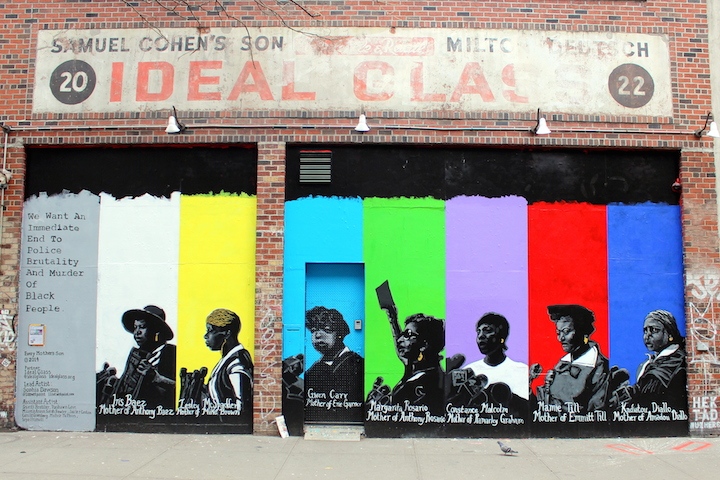
Hunt Rodriguez in SoHo — in response to the Charlie Hebdo attack
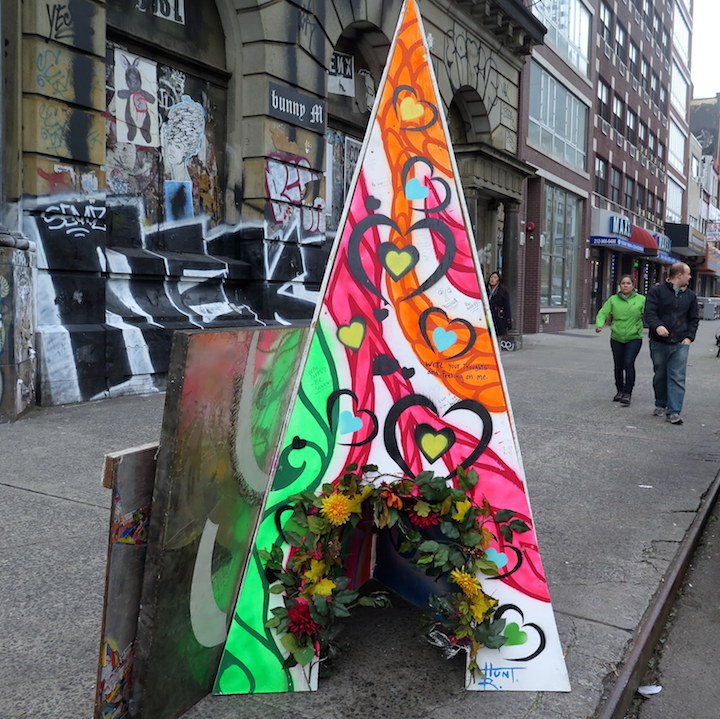
Photo credits: 1, 3, 4 & 7 by Dani Reyes Mozeson; 2. Lois Stavsky; 5. Lenny Collado aka BKLenny & 6. Tara Murray
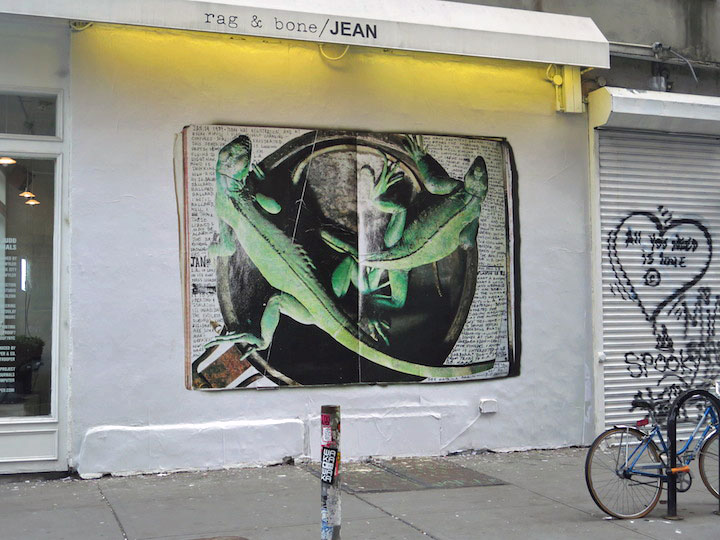
Often showcasing artworks by diverse street artists – from DALeast to Ludo to Meres – the wall outside rag & bone has also featured various artists who don’t generally share their visions in public spaces. For the past several weeks we have been treated to a selection of pages from the journals of Rainer Judd, the daughter of the late artist Donald Judd,
Close-up from “Sunlight on the Iguanas.” Book no. 6, Black Leather Silver Corner, 1987- 1989 — as seen last week
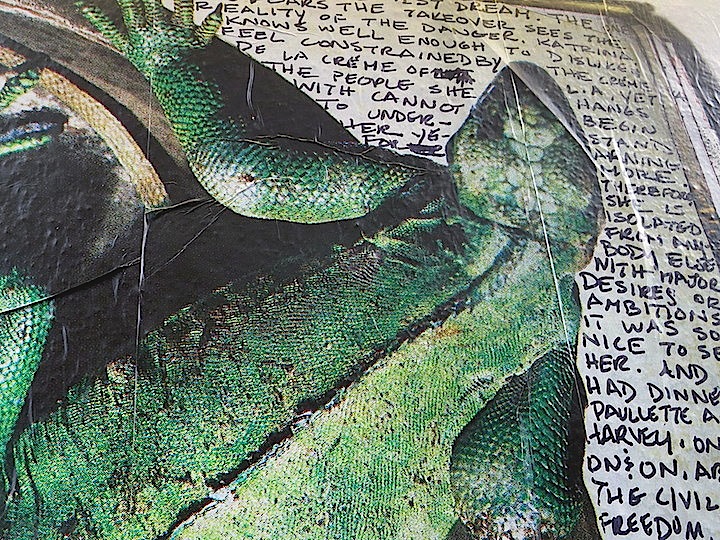
“The idea was to see books on the wall, changing pages,” Rainer explains. “I’ve been filling journal books since I was 11. On November 16, 2014, I brought Swiss bags full of these books to photographer Henry Leutwyler and Javas Lehn. With a focus on the graphic quality of them as objects I could see them differently. For me, journals are a place of dialogue with myself, a testing ground for ideas, a pal, a repository for the stuff of the highway of my heart. This is a small window into a deep archive.”
Here are some pages from Rainer Judd‘s journal that surfaced in December
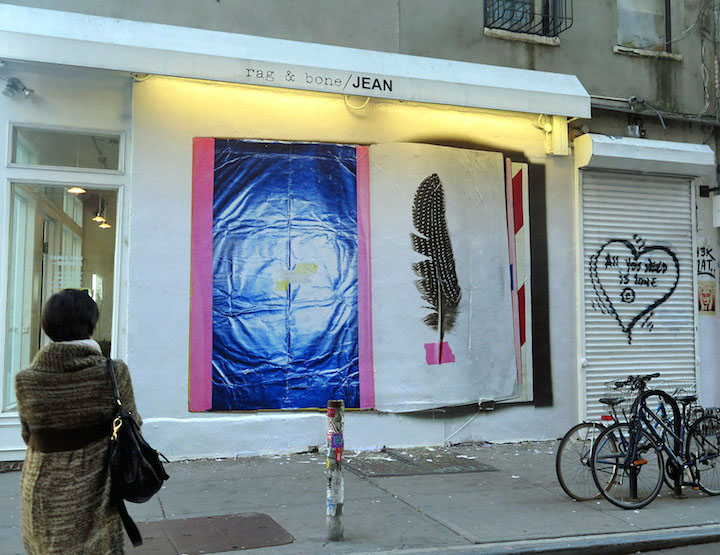
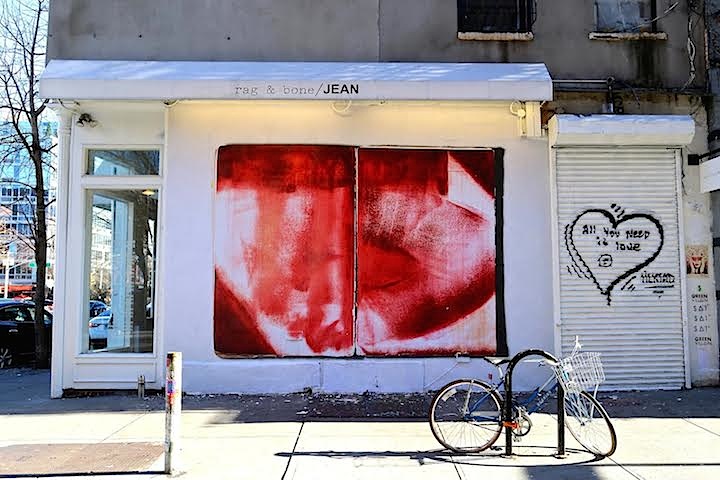
Then earlier this month
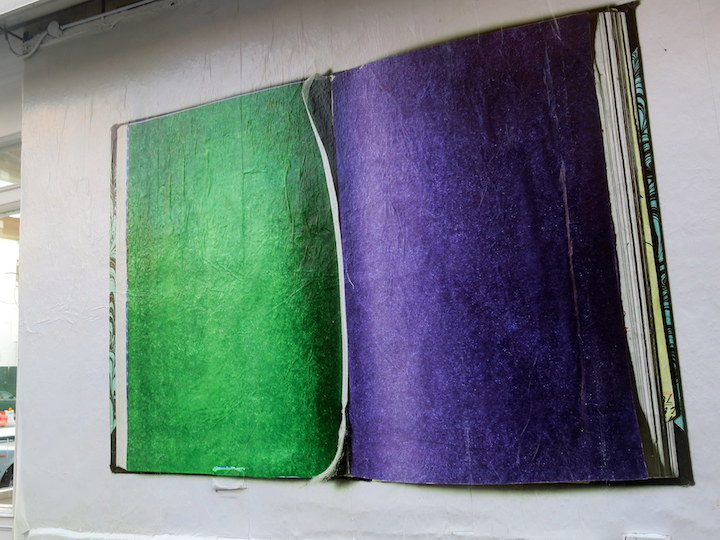
And through the end of this month, you can check out the final piece now outside rag & bone on Elizabeth Street off 73 East Houston.
Photos 1-3 by Dani Reyes Mozeson; 4 courtesy rag & bone’s Houston Wall Project and 5 by Lois Stavsky
Few NYC graffiti walls change as frequently as those in Upper Manhattan’s open-air gallery. Curated by South Bronx native, Crane, the walls off the 1 train on 207th Street and 210th Street serve as revolving canvases to several veteran NYC writers and their occasional guests. Here’s a sampling of what has surfaced in the past several months:
Uptown stylemaster Cone
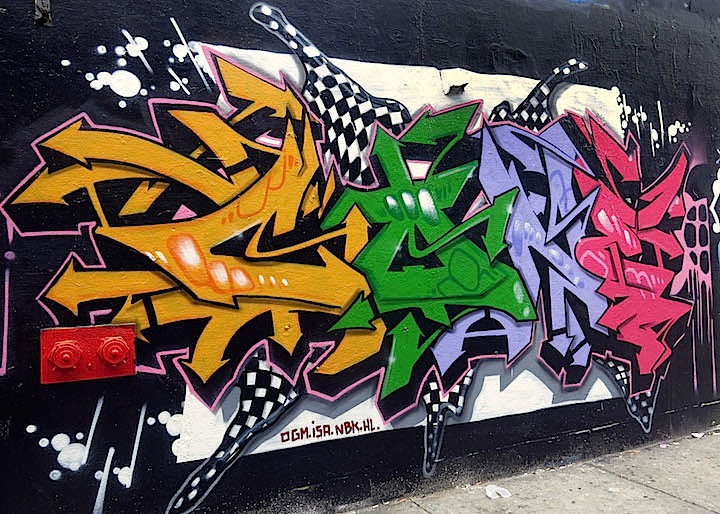
Veteran graffiti writer Kool Kito
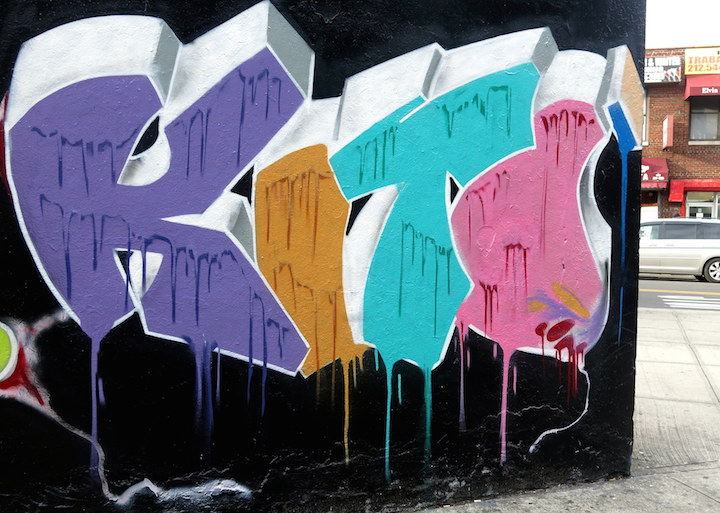
Local artist Panic Rodriguez
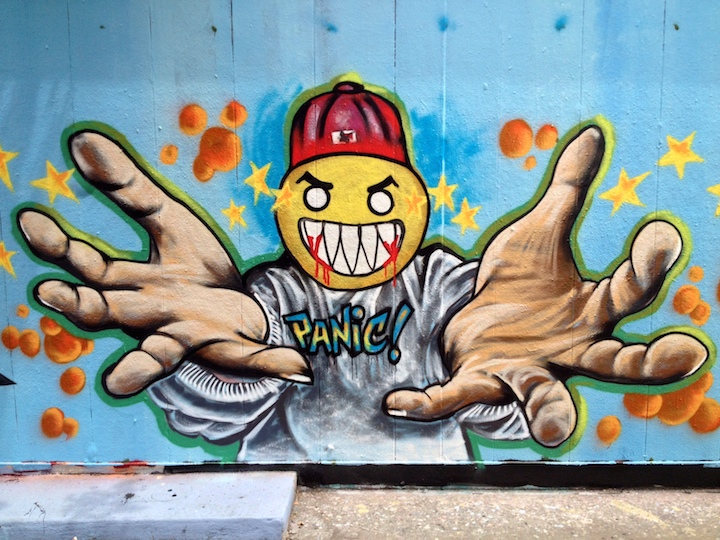
LA-based graffiti writer Jero ICR
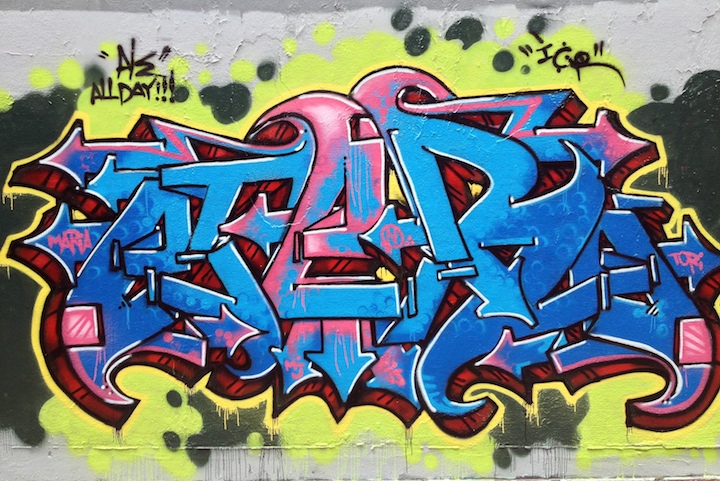
Legendary UK graffiti writer Pulse
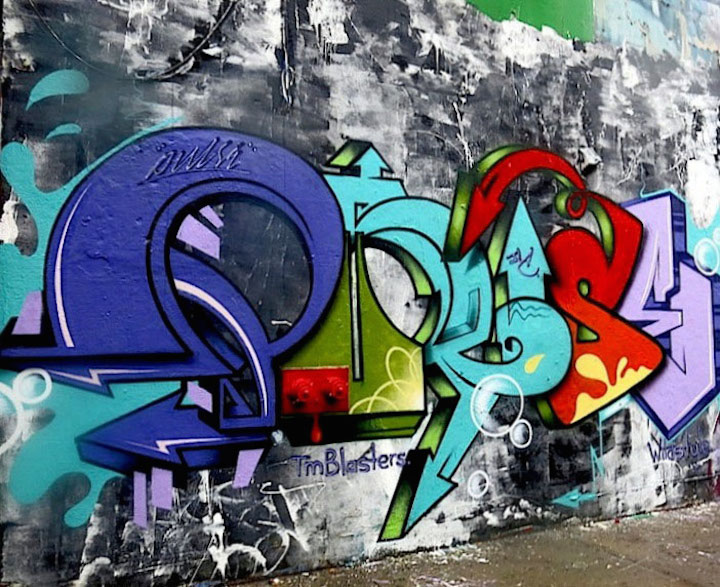
Veteran graffiti writer Ree
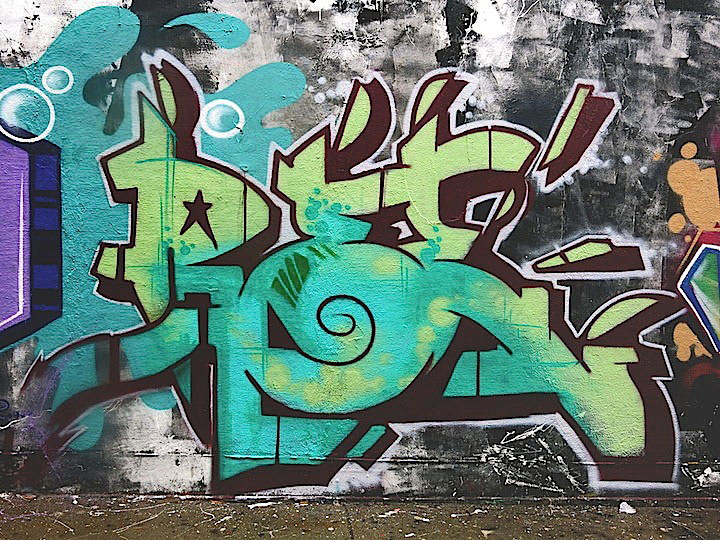
Photos 1, 2, 5 and 6 by Lois Stavsky; 3 and 4 by City-as-School intern Travis Hicks
This is the 15th in an occasional series of posts featuring images of girls — and women — who grace our public spaces:
David Cooper in Bushwick
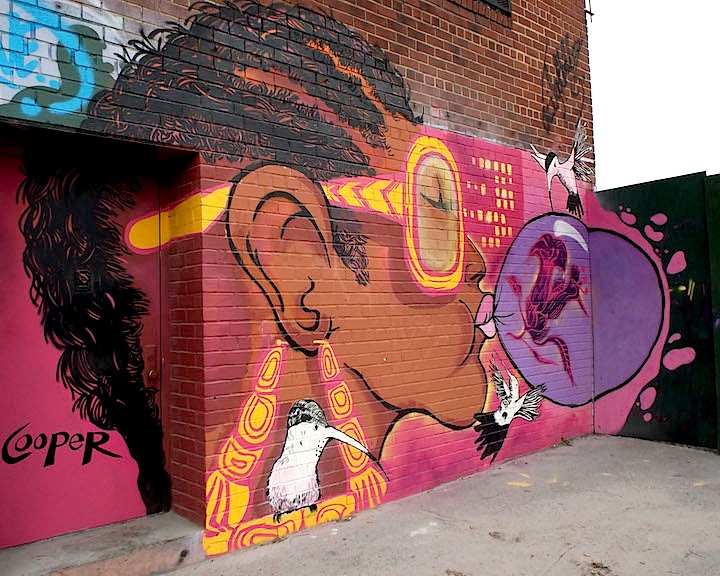
Cern in Greenpoint, close-up
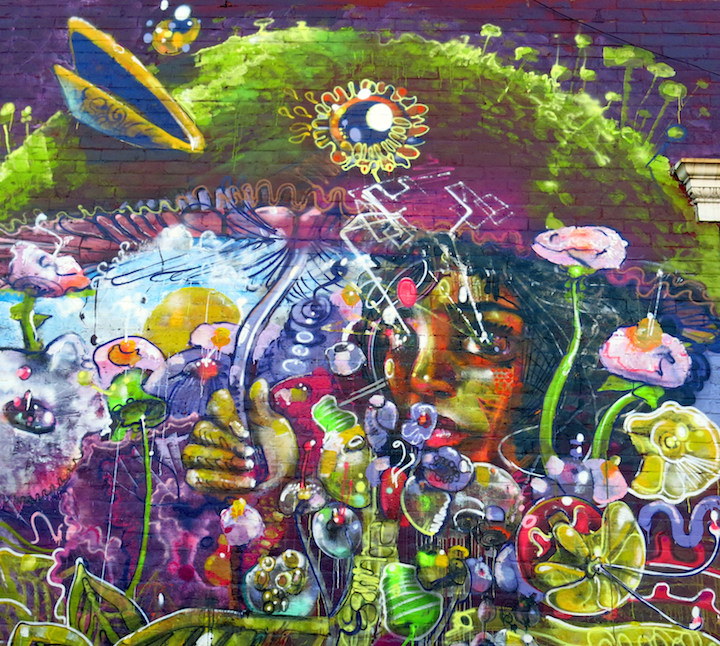
Mag Magrela on the Lower East Side
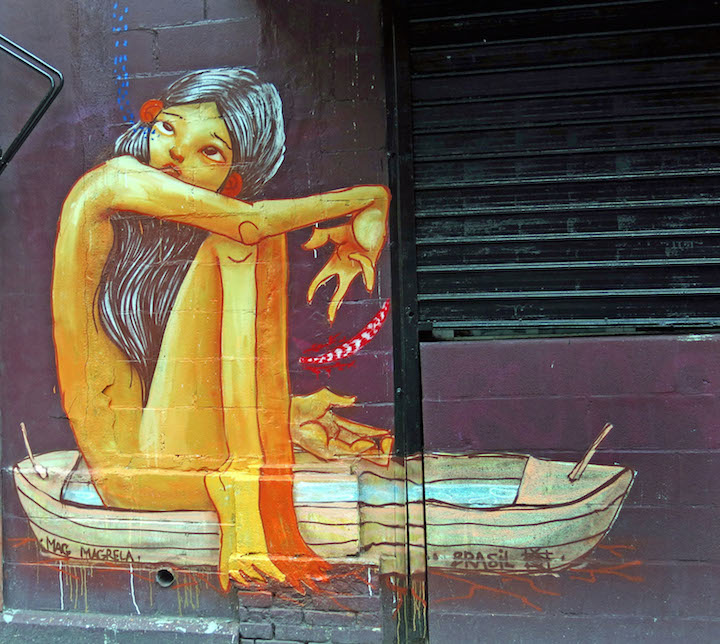
Caratoes in Bushwick
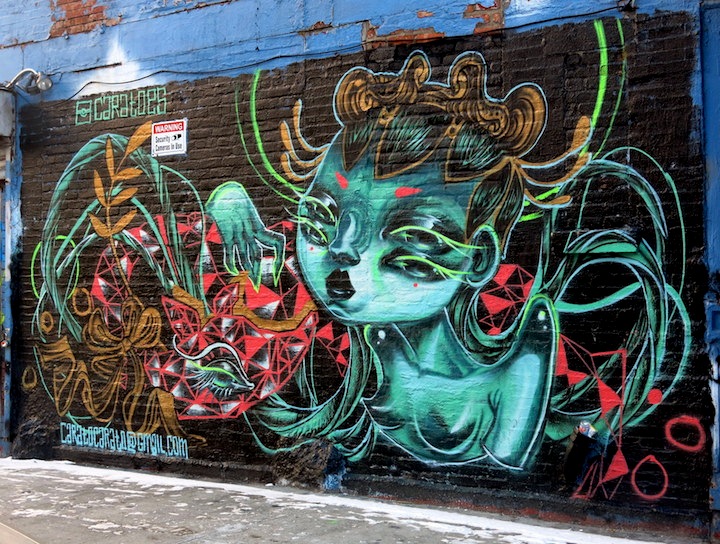
Andre Trenier in the Bronx
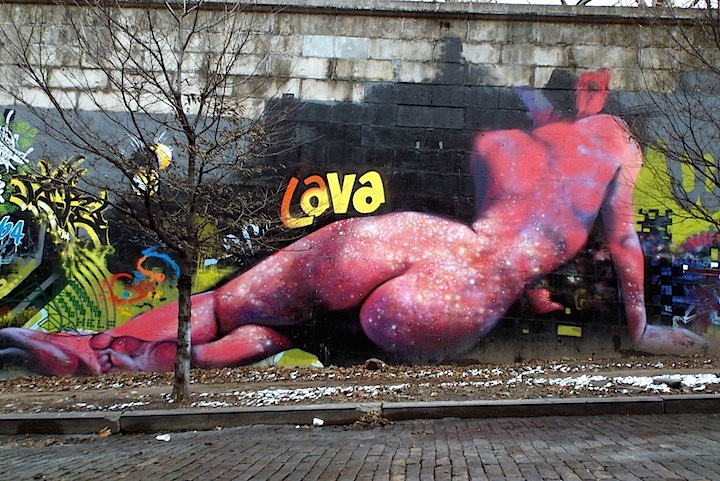
Dasic Fernandez at Welling Court in Astoria, Queens
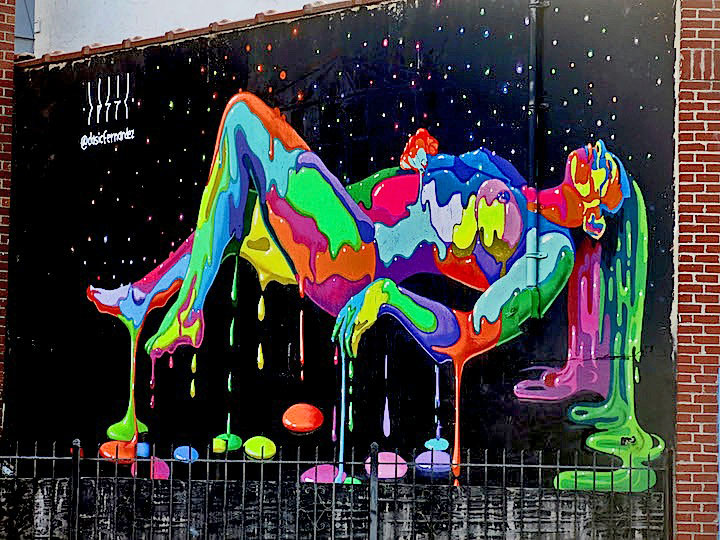
Photos: 1 and 5 by City-as-School intern Zachariah Messaoud; 2-4 and 6 by Lois Stavsky












